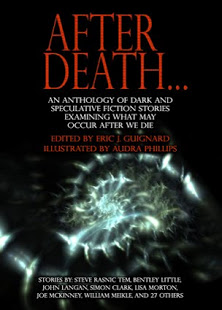We’ve come to the last installment of my review of Writing Fantasy Heroes: Powerful Advice from the Pros. It’s a peculiar book, different in several ways I have talked about before from other books on writerly craft. It’s specialized by both genre and cluster of techniques, and each chapter shows a noted author using examples from his or her own work to demonstrate how to use a particular technique well (or, in the case of early drafts, badly, followed by advice on revision). Although the book is, by design, most useful for the newcomer to writing fantasy, it has something to offer more seasoned writers, and it’s of great value to teachers of writing who specialize in, or are at least willing to engage with, genre fiction.
 Paul Kearney’s piece on large-scale battle scenes is just what I hoped it would be. You know all the familiar gripes about fantasy warfare that fails the suspension-of-disbelief test: the army never seems to eat or excrete, never needs to get paid, charges its horses directly into walls of seasoned enemy pikemen, and so on. “So You Want to Fight a War” addresses all those mundane things an author must get right if the fantasy elements of her story are to feel real to the reader, and then Kearney pushes past the gripes into solutions that any conscientious author can learn to implement. It’s that last bit that I found truly refreshing — many discussions of military verisimilitude get bogged down in griping. Kearney assumes throughout that it’s possible for his reader to get this stuff right, with enough good models, research, and practice.
Paul Kearney’s piece on large-scale battle scenes is just what I hoped it would be. You know all the familiar gripes about fantasy warfare that fails the suspension-of-disbelief test: the army never seems to eat or excrete, never needs to get paid, charges its horses directly into walls of seasoned enemy pikemen, and so on. “So You Want to Fight a War” addresses all those mundane things an author must get right if the fantasy elements of her story are to feel real to the reader, and then Kearney pushes past the gripes into solutions that any conscientious author can learn to implement. It’s that last bit that I found truly refreshing — many discussions of military verisimilitude get bogged down in griping. Kearney assumes throughout that it’s possible for his reader to get this stuff right, with enough good models, research, and practice.
As in Brandon Sanderson’s chapter on “Writing Cinematic Fight Scenes,” the reader is urged to map the combatants’ positions in space. Of course, with at least two armies’ worth of combatants, what one does with the map is a little more complicated this time around:
Keep the map beside you as you write, and as the narrative progresses and the lines move and break and reform, annotate your map. By the end of the battle it should be covered in scrawls, but you will still see the sense within it. It should also have a scale, so that if you want one character to see another across that deadly space, you can gauge whether it’s possible or not. Battlefields can be large places, miles wide. Our ten thousand men, standing in four ranks shoulder to shoulder, will form a line over a mile and a half long, and that’s close-packed heavy infantry such as Greek spearmen or Roman legionaries. If your troops are wild-eyed Celtic types who like a lot of space to swing their swords, it will be even longer.
Okay, that’s a little daunting, but Kearney also offers things like a breakdown of pre-gunpowder tactics into a set of relationships that he likens, persuasively, to rock-paper-scissors. If you can remember how that kindergarten game works, you can avoid some of the biggest beginner blunders in the genre.
…
Read More Read More
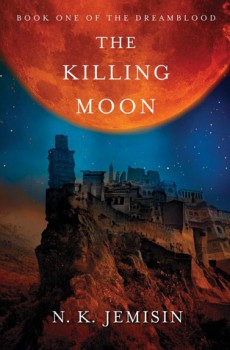 I consider the annual Locus Awards to be one of the major genre prizes, right behind the Hugo and Nebula Awards.
I consider the annual Locus Awards to be one of the major genre prizes, right behind the Hugo and Nebula Awards.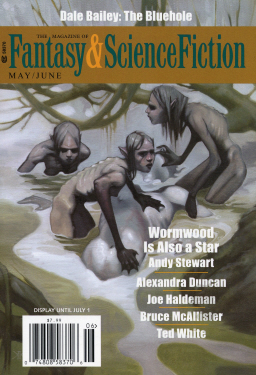
 Published in 1998, Nalo Hopkinson’s debut novel was Brown Girl in the Ring, the first winner of the Warner Aspect First Novel Contest. It went on to be shortlisted for the Philip K. Dick Award and the James Tiptree Junior Award, to win the Locus Award in the First Novel category, and to help Hopkinson (who had already published several short stories) win the John W. Campbell Award for Best New Writer. She’s gone on to write five more novels, along with two collections of short stories, as well as editing and co-editing several anthologies.
Published in 1998, Nalo Hopkinson’s debut novel was Brown Girl in the Ring, the first winner of the Warner Aspect First Novel Contest. It went on to be shortlisted for the Philip K. Dick Award and the James Tiptree Junior Award, to win the Locus Award in the First Novel category, and to help Hopkinson (who had already published several short stories) win the John W. Campbell Award for Best New Writer. She’s gone on to write five more novels, along with two collections of short stories, as well as editing and co-editing several anthologies.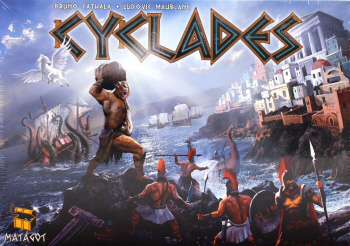




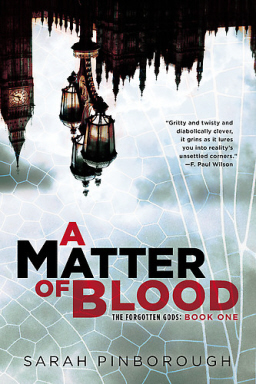
 Paul Kearney’s piece on large-scale battle scenes is just what I hoped it would be. You know all the familiar gripes about fantasy warfare that fails the suspension-of-disbelief test: the army never seems to eat or excrete, never needs to get paid, charges its horses directly into walls of seasoned enemy pikemen, and so on. “So You Want to Fight a War” addresses all those mundane things an author must get right if the fantasy elements of her story are to feel real to the reader, and then Kearney pushes past the gripes into solutions that any conscientious author can learn to implement. It’s that last bit that I found truly refreshing — many discussions of military verisimilitude get bogged down in griping. Kearney assumes throughout that it’s possible for his reader to get this stuff right, with enough good models, research, and practice.
Paul Kearney’s piece on large-scale battle scenes is just what I hoped it would be. You know all the familiar gripes about fantasy warfare that fails the suspension-of-disbelief test: the army never seems to eat or excrete, never needs to get paid, charges its horses directly into walls of seasoned enemy pikemen, and so on. “So You Want to Fight a War” addresses all those mundane things an author must get right if the fantasy elements of her story are to feel real to the reader, and then Kearney pushes past the gripes into solutions that any conscientious author can learn to implement. It’s that last bit that I found truly refreshing — many discussions of military verisimilitude get bogged down in griping. Kearney assumes throughout that it’s possible for his reader to get this stuff right, with enough good models, research, and practice.